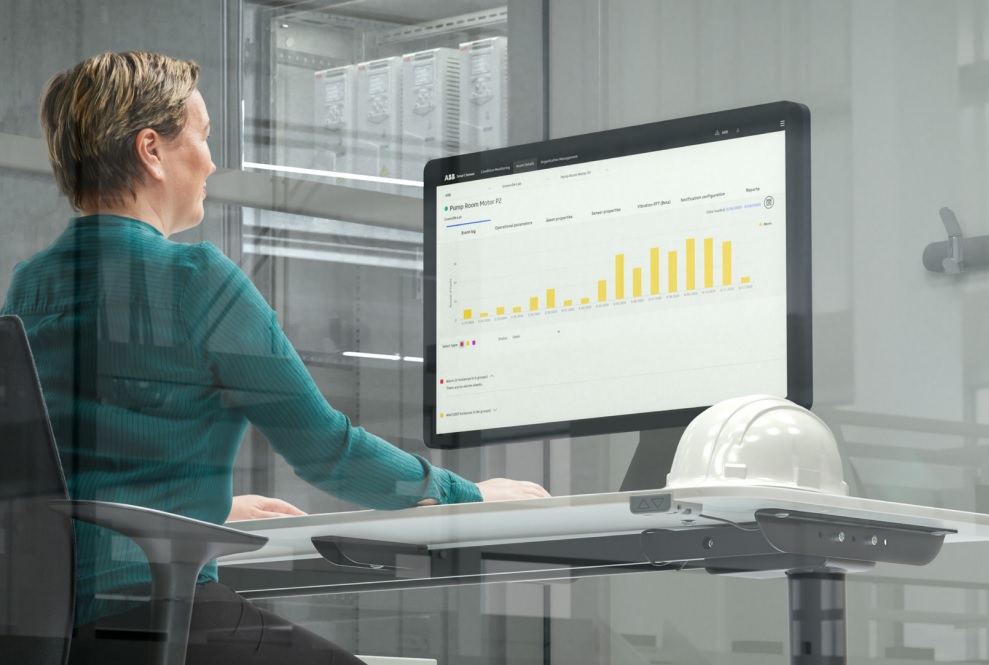Smart meters, those innovative electronic devices, revolutionize how we track electricity use, including voltage levels, currents, and power factors. These advanced meters meticulously monitor utility energy consumption, whether it’s for electricity, water, or natural gas, adjusting the flow of these resources intelligently. With the capability for remote operation, smart meters represent a leap forward in managing our energy needs efficiently. The smart meter market is on an upward trajectory, with projections suggesting a growth rate of 7% from 2019 to 2028.
Delving into the Types of Smart Meters
When it comes to smart meters, variety abounds. Predominantly, there are two types of smart meters: single-phase and three-phase, each catering to different energy consumption needs.
Single-Phase vs. Three-Phase Smart Meters
- Single-Phase Smart Meters are typically installed in residential homes, where the demand for electricity is comparatively lower than in commercial settings. These meters are perfect for homeowners looking to gauge their electricity usage accurately.
- Three-Phase Smart Meters cater to commercial and industrial users who consume large amounts of power. These meters can handle the higher demand with efficiency and precision.
Exploring Further: Are There Only 2 Types of Smart Meters?
Beyond the standard single-phase and three-phase meters, the landscape of smart metering also includes specialized meters like CT-PT meters and distribution transformer-operated meters, designed to meet specific requirements.
Three-Phase Energy Meters: A Closer Look
A three-phase energy meter typically employs four wires—three phase wires and one neutral wire, making it ideal for both substantial residential and industrial environments by providing accurate three-phase power calculations.
These meters come in two designs: delta and star, offering versatility in how they measure energy. Whether it’s for general usage or detailed three-phase motor amps calculations, three-phase meters are adaptable, with options including three-wire and four-wire configurations.
Advantages of Three-Phase Meters
- Versatile phase usage for uninterrupted power in various rooms
- Efficient load distribution
- Real-time power consumption tracking for precise energy management
Single-Phase Energy Meters: Simplifying Home Energy Tracking
For those wondering about the different types of smart meters and specifically, the type suitable for residential use, single-phase meters stand out. These meters, requiring just two wires for operation, offer a straightforward solution for monitoring household energy consumption.
Benefits of Single-Phase Meters
- Multi-functional, with capabilities extending to anti-theft
- Low operational power requirement
- Lightweight and durable
- Provides precise energy consumption data
Why Smart Meters Matter
Smart meters transform the way we understand and manage energy consumption. By automating meter readings, they significantly reduce errors, enable precise cost estimations, and cut down on waste, fostering a culture of efficiency and transparency in energy use.
Moreover, the integration of smart electric meters brings added safety benefits, allowing for the identification of irregularities and enabling utilities to adjust power supply based on consumption patterns.
Conclusion: The Future is Smart
With the diverse types of smart meters available, including single-phase and three-phase options, and their ability to enhance energy management and safety, it’s clear that smart meters represent the next generation of electronic meters. As we continue to explore and adopt these technologies, the promise of a more efficient and transparent energy future becomes increasingly tangible.











